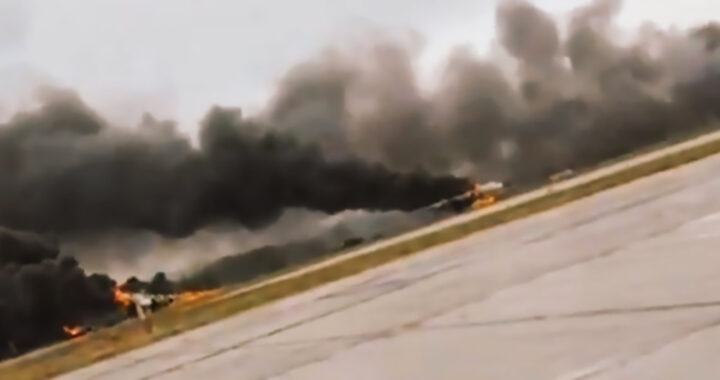Ukraine carried out what could be considered as one of the most sophisticated and largest drone attacks in history on 1 June 2025. Operation Spiderweb was a covert military operation that involved an asymmetrical drone assault deep into Russian territory and resulted in substantial losses in Russian military firepower. It was orchestrated by the Security Service of Ukraine or SBU and personally overseen by Ukraine President Volodymyr Zelenskyy. The specifics of how the country planned and executed the attack as part of its response against the longstanding Russian aggression demonstrated both the drone capabilities of Ukraine and evolving modern warfare.
Key Details of the Operation Spiderweb
Planning and Preparation
Zelenskyy explained on the social media platform X that Operation Spiderweb took one year, six months, and nine days from the start of planning to effective execution. He did not divulge further details but the entire operation was conceptualized and implemented in secrecy. Most would agree that its clandestine nature is the main reason behind its success.
Results of the operation indicated that Ukraine was targeting important Russian airbases housing strategic aircrafts to cripple the Russian aerial capabilities. However, considering the locations of these targets, a boots-on-the-ground operation is out of the picture. Long-range aerial assaults via Ukrainian aircrafts or drones could be readily intercepted.
The workaround is to launch short-range drones near the targeted airbases. This entailed designing complex logistics with the purpose of covert transportation of drones or its components deep into Russian territory and their concealment in moving launch platforms. The drones would then be activated via wirelessly and would attack with some automation.
Executing the Drone Attacks
Ukraine succeeded in transporting 117 small first-person-view attack drones by hiding them inside custom-made wooden cabins designed as mobile launch platforms. These cabins were mounted on trucks. Some Ukrainian operatives were sent on the grounds to handle logistical requirements that needed human intervention. They were later recalled.
One of the most important aspect of the operation was driving the trucks near the targeted Russian airbases. This first involved assembling the entire setup and then hiring unknowing Russian truck drivers. Hired truck drivers were instructed to deliver in areas near the airbases. The destination of the trucks effectively prepositioned the mobile launch platforms.
The actual drone strikes commenced through remote activation. The wooden cabins were opened remotely when the trucks reached positions near the target airbases. Each drone was then activated via wireless communication. The entire activation used secure command-and-control systems to synchronize drone activation and navigation and precise strikes.
It remains unclear how ground Ukrainian operatives were able to tap various truck drivers inside Russia. However, based on various commentaries and usual trucking business in Russia, these unknowing Russian drivers were approached and hired on the guise of actual transactions such as transporting modular houses and prefabricated homes.
Outcomes and Context
Zelenskyy noted that Operation Spiderweb is its most long-range military operation since its war with Russia started in 2014 and the full-scale invasion of Ukraine in 2022. The drone attacks hit the Ivanovo Air Base, Belaya in Eastern Siberia, Olenya in the Russian Arctic, Ukrainka Air Base near the China border, and the Dyagilevo Air Base.
The first strike was in Belaya and targeted Tu-22M supersonic bombers and the strike in Olenya Air targeted Su-34 fighters and Tu-95MS, Tu-160, and Tu-22M3 bombers. The Dyagilevo Air Base housed Tu-95 and Tu-22M3. Russian authorities said that the Ivano strike was repelled and the Ukrainka attack was foiled when the drone-carrying truck exploded.
Ukraine claimed hits on 41 aircraft. This represented 34 percent of the entire strategic bomber fleet of Russia. Russia did not release exact figures but admitted that several aircraft caught fire. The attack occurred on the eve of the planned Russia-Ukraine peace talks in Istanbul. Some have noted that the event could strengthen the negotiating position of Ukraine.
FURTHER READINGS AND REFERENCES
